UPDATE | February 13, 2024
What do you dislike or find difficult about Japanese? It's different depending on the person. I think many people find pronunciation, kanji, grammar, etc. difficult, but as a Japanese language learner, the thing I struggle with the most is vocabulary. This time, I would like to share an article about the verb "kake", which has the same pronunciation but different meanings. It's a Japanese Language Proficiency Test N5 level word, but if you look into it carefully, you'll find that there are many ways to write it in kanji, and it has a wide variety of meanings and characteristics. I would like to introduce what kind of kanji is written for "kakeru" and how to use it in what context.
INDEX
There are several ways to write the word "kake". Let's take a look at the basic meaning of ``kake'' using each kanji.
・Hang: hang
・lack: lack
・Build: Pass between things
・Hang on: offer, entrust
・Bet: play a game
・Run: Run with your feet
・Fly: Fly in the sky
There are other kanji, but the ones above are the ones that seem to be used most frequently. Also, it is very often written in hiragana ``kakeru'' without using kanji.
These are the basic kanji and their meanings, but rather than trying to memorize only the kanji apart from the context, we recommend that you memorize the context as part of the expression that is actually used. We will introduce some of them by scene below.
``Kake'' is often used to describe the condition inside a room or the work done when decorating a room.
・Clock on the wallput on。
・Painting on the wallput on。
・Put your bag on the hookput on。
Of the kanji I introduced earlier, it means "to multiply." Used when hanging something at a certain height.
Let's take a look at the following example.
・Put a cloth on the tableput on。
・Curtains on the windowsput on。
This is also similar to the meaning of "to hang". However, what the above example sentences have in common is that the object hung at a certain height is "something that is bent at both ends or has the property of being curved (cloth, curtain)" and "a cover". It also includes the meaning of "to do".
If you're covering something that doesn't break, use a different verb.
x Hang the tray on the table.
→Place the tray on the table.
The action of attaching water or gas to the surface of another object from a distance can also be expressed by "kake".
・Spray cleaning spray on the deskover itI cleaned it.
・Spray insecticide for insects in the roomSpent。
Speaking of cleaning, we also use ``kake'' in the following sentences.
・Vacuum the room every weekendput onwill do so.
The word "kake" means "to use a machine."
When you get tired from cleaning a lot of things, you want to sit on a chair.
・In the chairKakegive me.
・This bed is for waistKakeCheap.
"Kake" also means "to sit on something high."
Suddenly, do you know how to find out the area of a room? To find out the area of a room, measure the length and width of the room and multiply them.
・3 to 4put onand becomes 12.
・Add “specific gravity” to “volume”put onand "weight".
The above is a summary of the various meanings of ``kake'' used in the room.
[PR]
The next situation where "kake" is often used is when cooking. Let's look at various example sentences.
・Put the pot on the fireput on。
The example sentence above uses the fixed expression "to set on fire." It means to heat a cooking utensil such as a pot on a stove.
Next, let's look at ``kake,'' which refers to the act of moving liquid or powder downward.
・Add beaten egg to riceput on。
・Caramel sauce on ice creamKakeLikeHowever, I added soy sauce by mistake.over itOops.
When you add liquid or powder to some kind of dish, you say ``kake.''
Other words would be more appropriate unless it is in liquid or powder form.
× Boiled eggs for riceput on。
→Place boiled eggs on rice.
Let's also look at example sentences for powdery things.
・Plenty of salt on the saladSpent。
- Spread butter on your toast every morning and sprinkle cinnamon on top.over itIs eating.
``Kake'' is used to describe the state in which powder is added by shaking it by hand or by shaking a container of some kind, and the powder remains visible on top of the object.
Therefore, if the added powder becomes invisible, you cannot use "kake".
× Avoid adding sugar to your coffee.
→ Avoid adding sugar to your coffee.
× Boil water in a pot, add salt and mix.
→ Boil water in a pot, add salt and mix.
If you add powder to coffee or water, it will immediately disappear, so the use of "kake" is inappropriate.
The following example sentence is:
・Something with seasoningover itThere is.
・Hanako's cooking is the most delicious in the world!Many years of effort and time have gone into cooking.over itThat's the result.
The next situation where you can use ``kake'' is in ``human relationships.'' We have also prepared example sentences for this context, so let's look at them one by one.
・My dream is to become a diplomat and build a bridge of friendship around the world.put onthing.
This is an example sentence that has the nuance of ``kakeru (to pass between things)'' introduced in ``How to Use Kanji''. It is a good idea to remember this as a fixed expression, ``hashi kake''.
By the way, "The bridgebuild a bridge” is used literally when talking about a bridge or rope that can be physically crossed, and when talking metaphorically about friendships or relationships between people, as in the example sentence above, it is used as ``a bridge.''stake” is the official way to use different kanji.
・If you have any questions, please feel free to contact us.cliffgive me.
・Call your mother today.Let's put it onThat's what I thought, but I ended up being busy until late.Couldn't call。
We recommend that you memorize "call out" and "make a phone call" as fixed expressions.
・We apologize for the inconvenience.KakeI am very sorry for what happened.
・I appreciate your consideration, but I don't want to burden you.put onI have no intention of doing so.
・That child always worries about her mother.over itthere is
to someoneAnxiety, footwork, inconvenience, worry, burdenIt is often used when making someone do something, such as when apologizing.
However, please be aware that there are words similar to these five words that are not used. (For example, we do not say ``cause anxiety.'')
The following example sentence uses the idiomatic word "kake".
・The way she speaks is magicSpentIt calms everyone down.
・I shouldn't have bought that toy because it was too expensive, but I fell into the trap of my son's sweet words.Being hung up onOops.
The above ``trap'' is a figurative expression, just like the ``build a bridge'' mentioned earlier.
・I give my lifeover itI will also protect my children.
It means giving something irreplaceable no matter what the outcome is.
・In my father's name, I will never repeat such a blunder again.over itTo swear.
When expressing a strong pledge or determination, it is used in the form "by something of great value." If you break the contract, you will lose the honor and merit of the investment, so it means that you are absolutely determined to make it a success.
Above, we have looked at various meanings of ``kake'' that are useful in the context of ``human relationships.''
I have broadly divided the various meanings of ``kake'', but of course there are many other meanings and fixed expressions. For example:
・Wear glassesput on。
・Key on the doorput on。
・Spiders make websput on。
・(in horse racing) 10,000 yen for this horseput on。
Such
The above expressions are also commonly used, so be aware of them.
"Kake" is also used in the following sentence patterns:
①・Our company is involved in event managementover itfrom whereis also excellent.
·animaloverI have more knowledge than anyone else.
②・This weekFromnext weekoverApparently there are many rainy days.
・Two weeks before Christmas, the floor of the roomFromceilingoverI added decorations.
① means "within this field/skill" and is a continuous positive evaluation compared to something else. There are two ways to use it: ``kakeha'' and ``kakeno.'' In the case of ``kake no'', it can be used with a noun after it.
② is a grammar that expresses "range from A to B." The scope can include time and location.
In this article, we have summarized the usage of various kanji for ``kake'', the fixed expressions divided into contexts, and the grammar involved. I would be happy if this could be helpful to you!
Good luck studying Japanese!

An employee of ACCESS NEXTAGE Co., Ltd. Career Support Division for Foreigners. Originally from Belarus. She will come to Japan in June 2021 and will participate in the government-sponsored research student program at Ochanomizu University until March 2023. His hobbies are PC games, drawing, and international exchange.
[PR]
[PR]